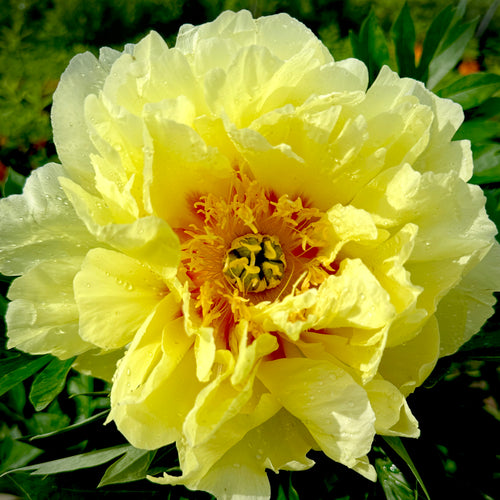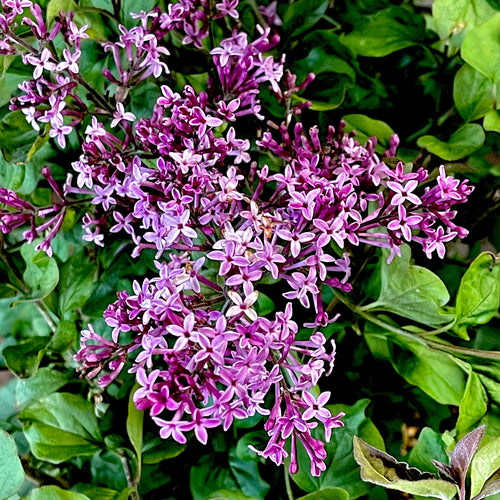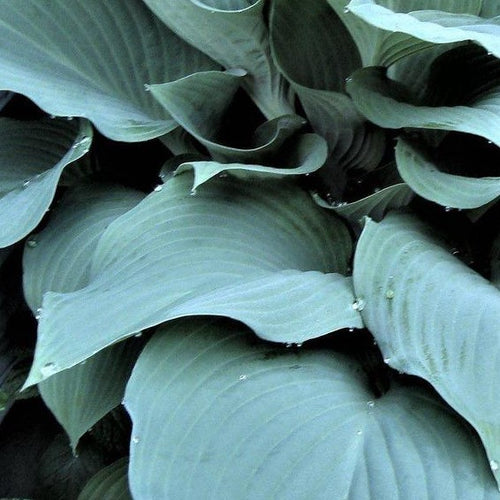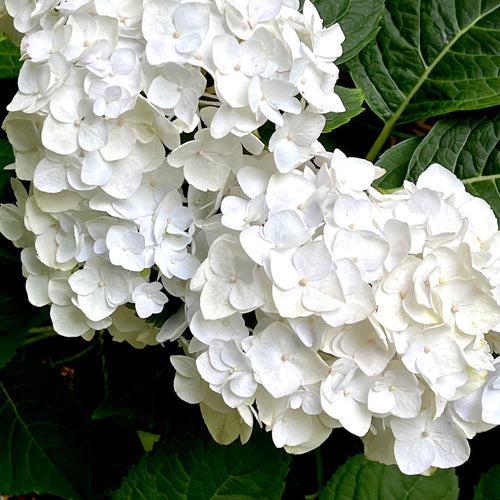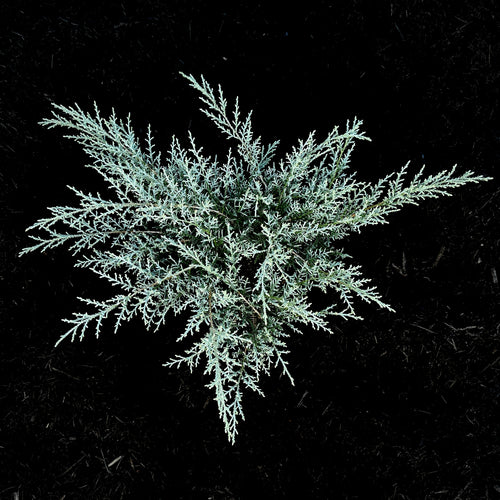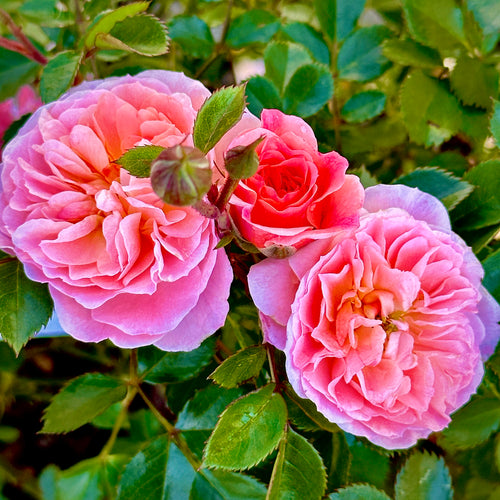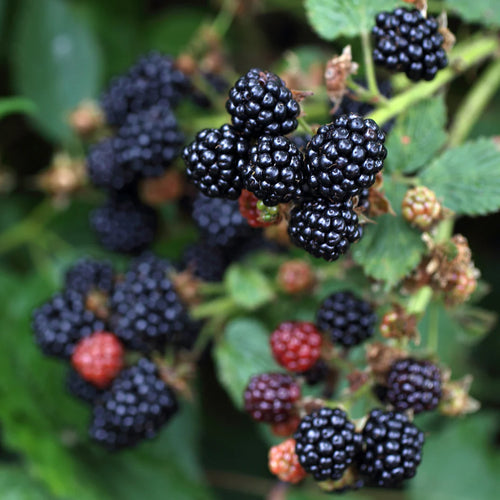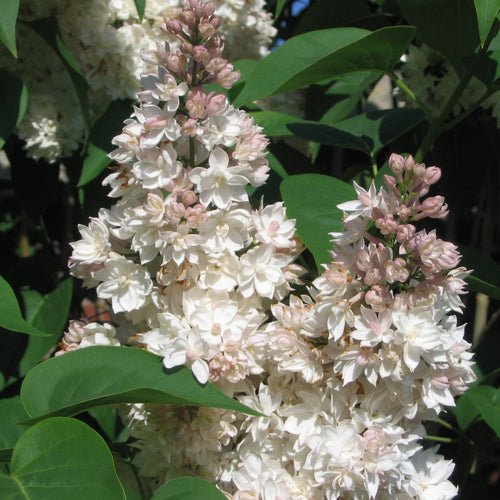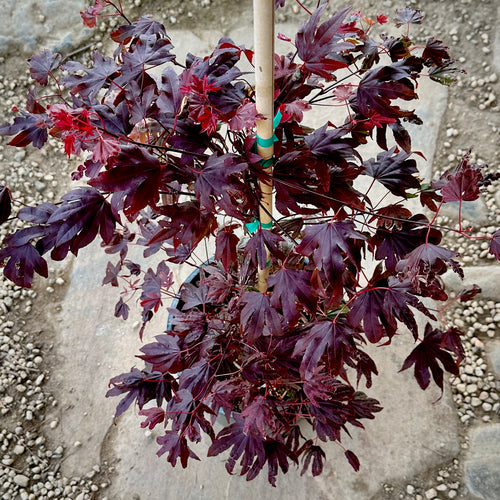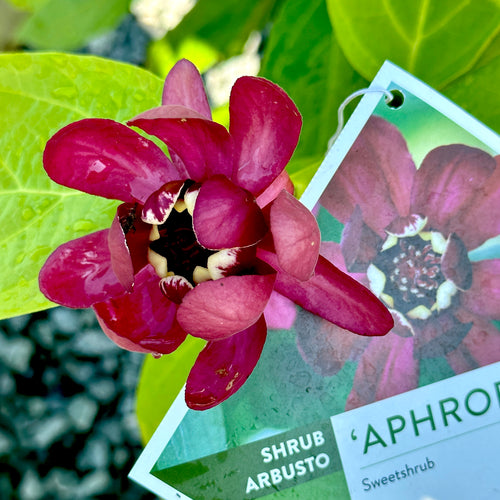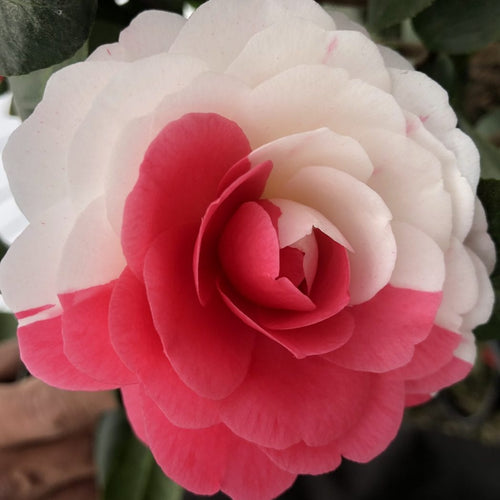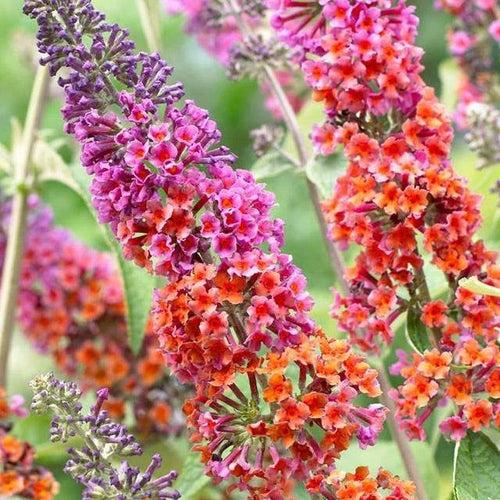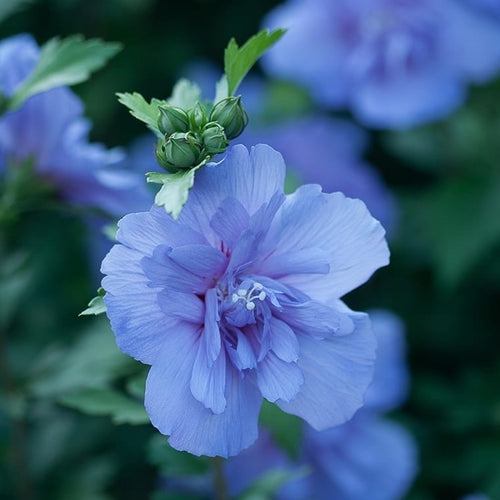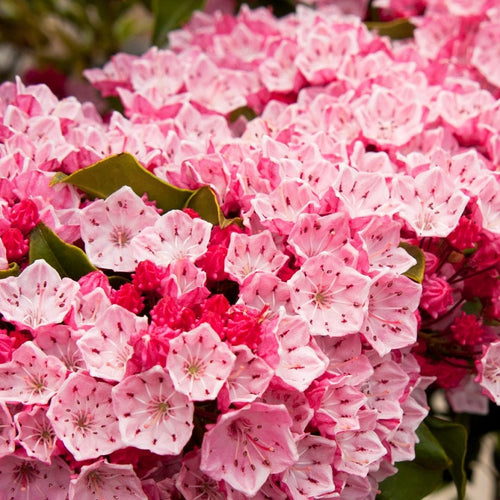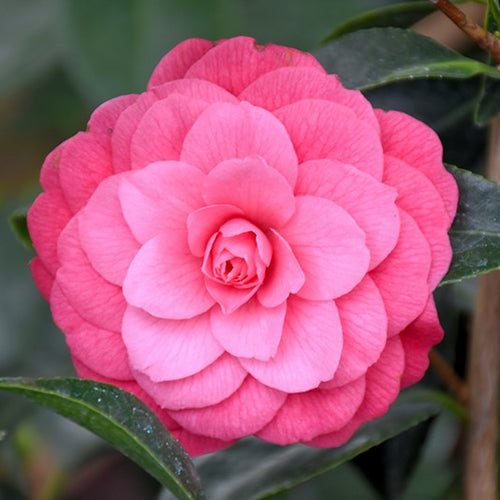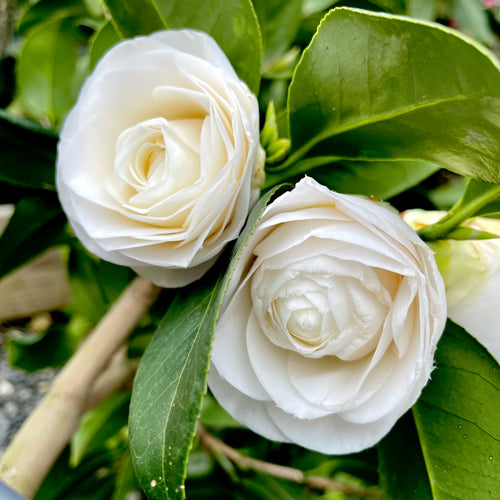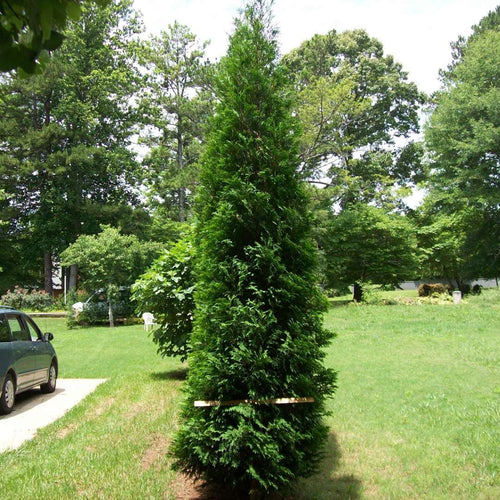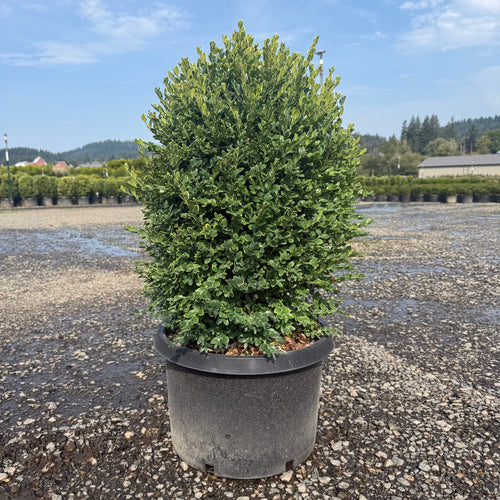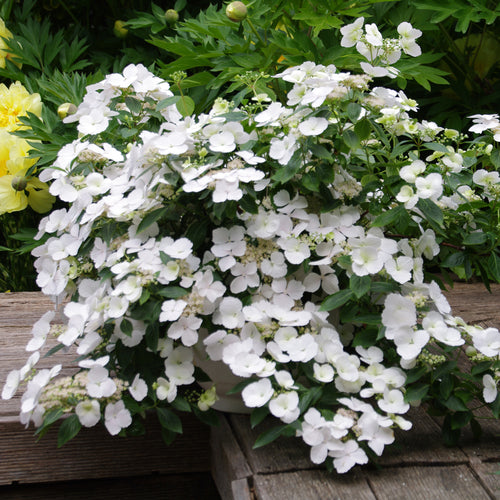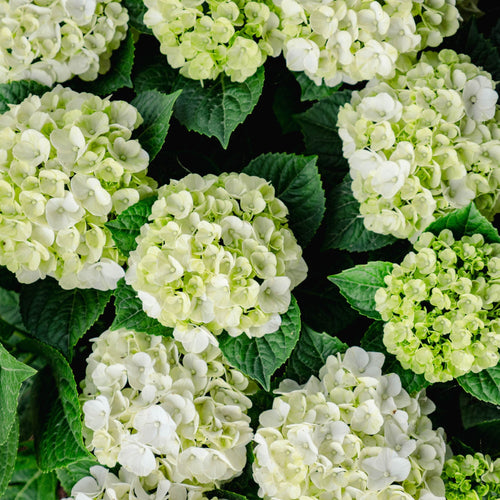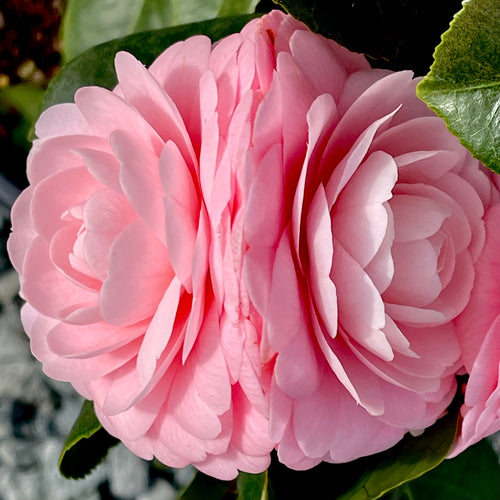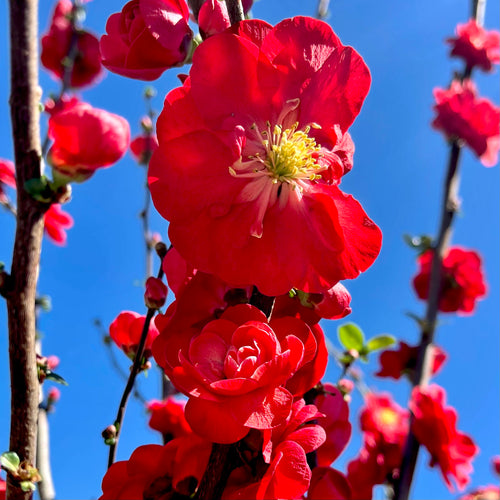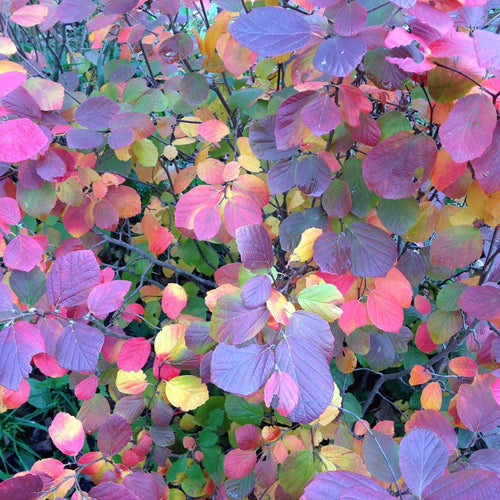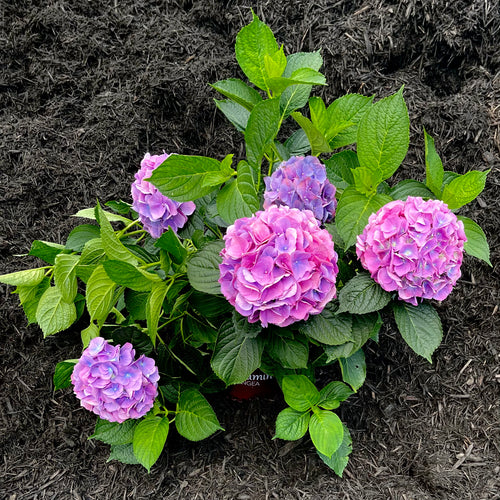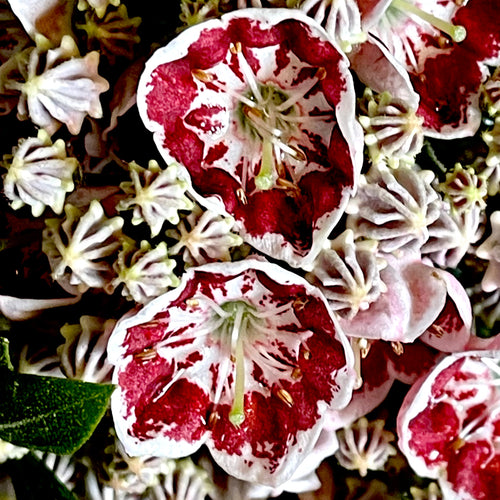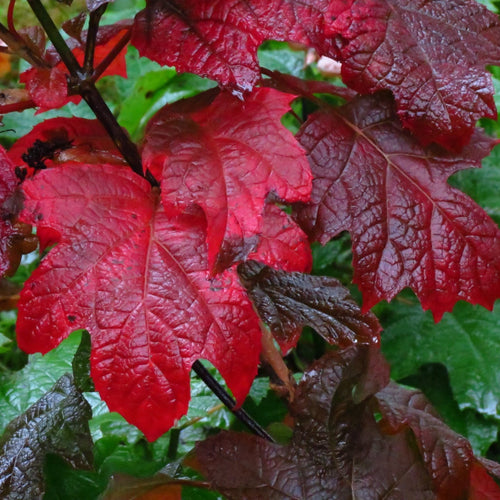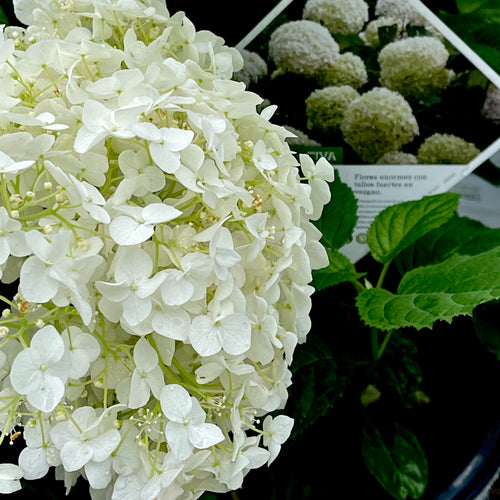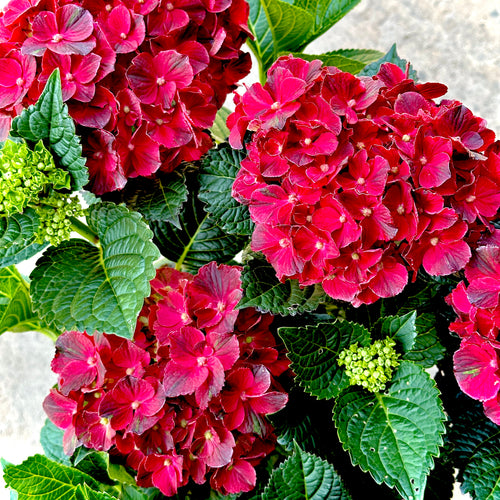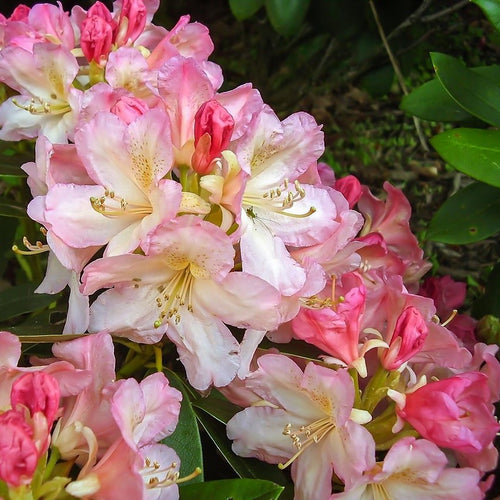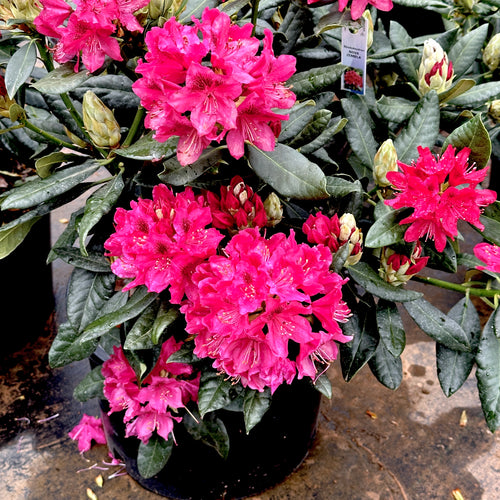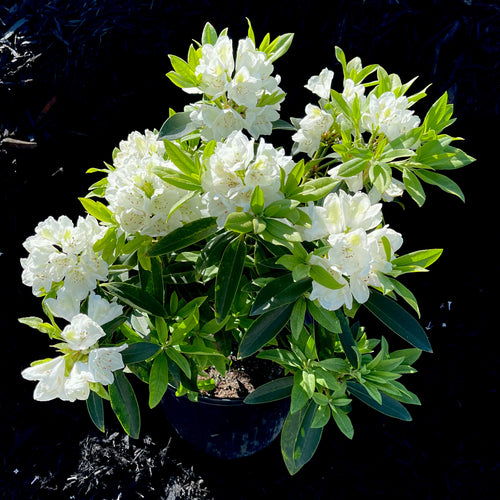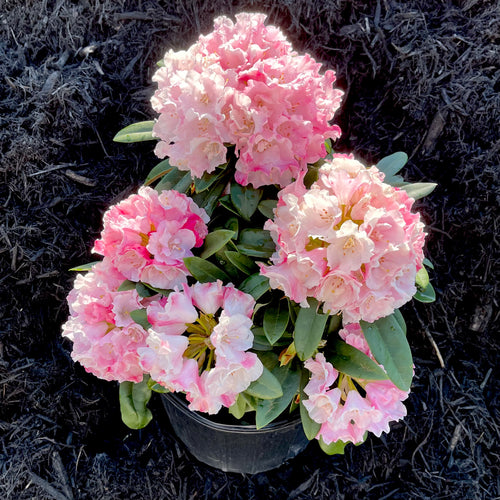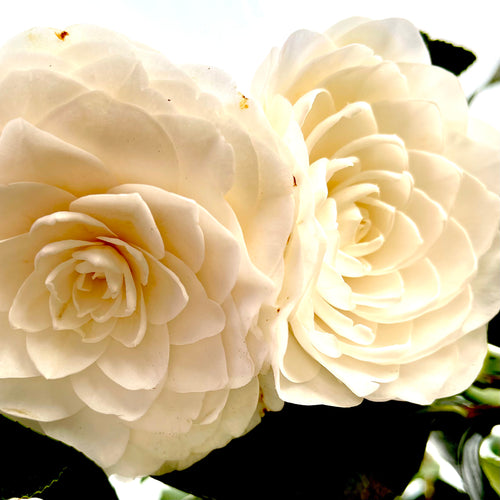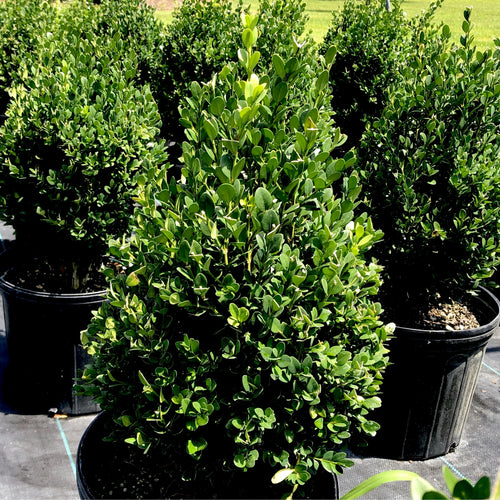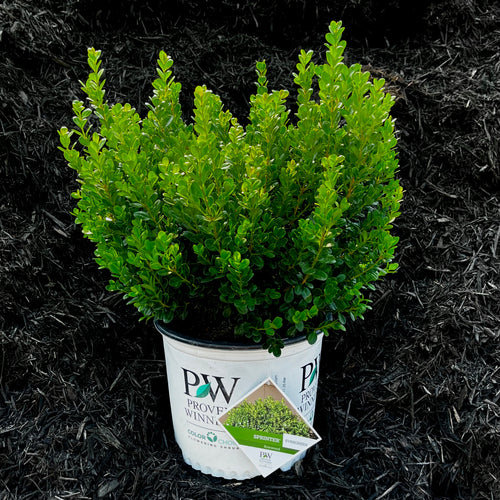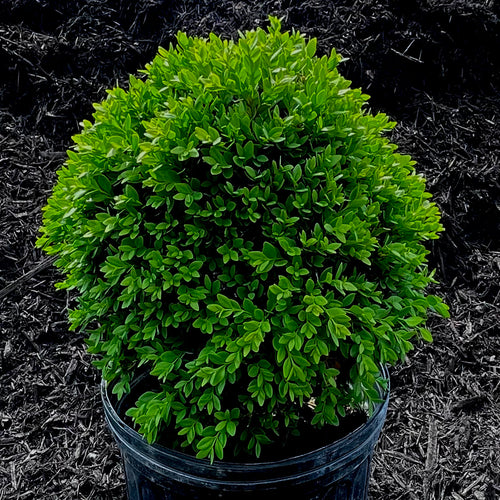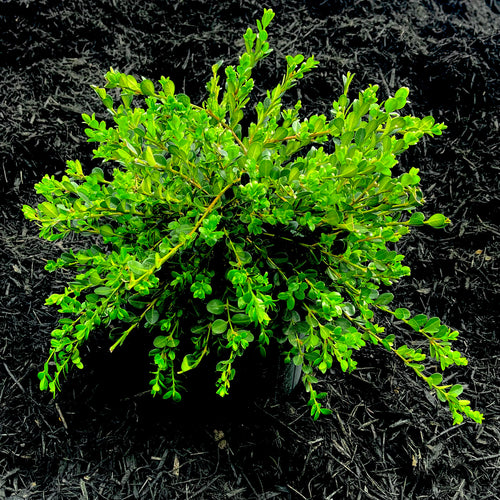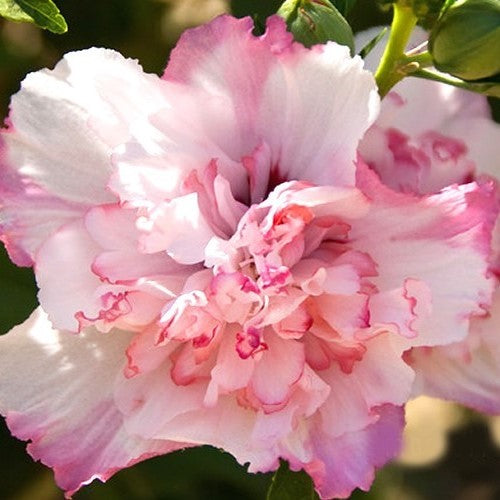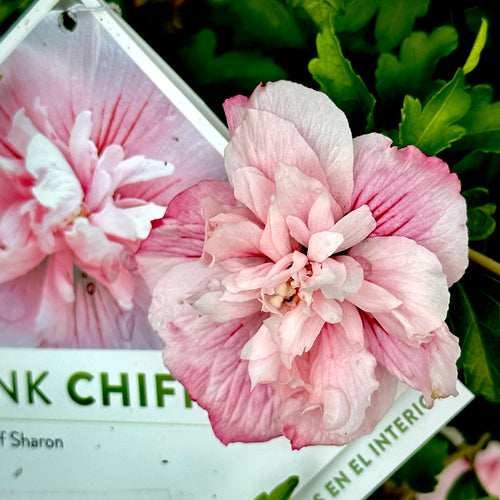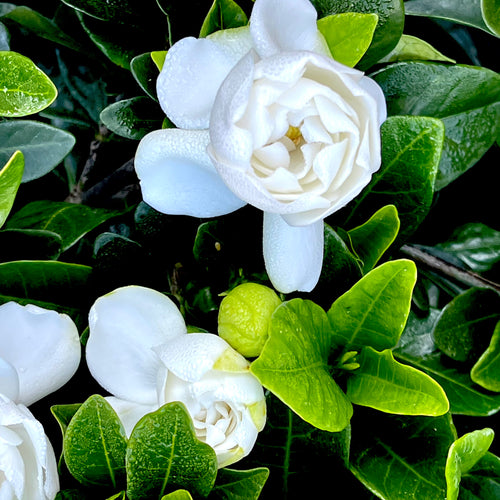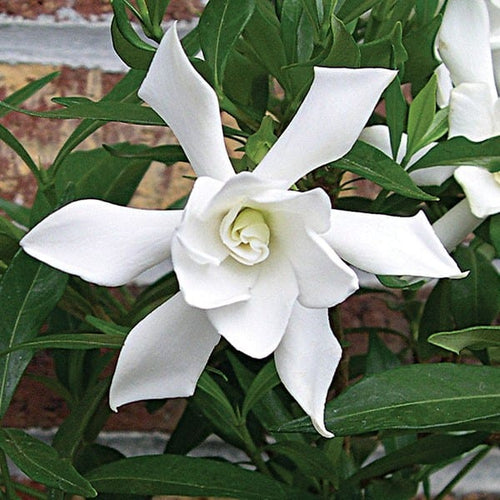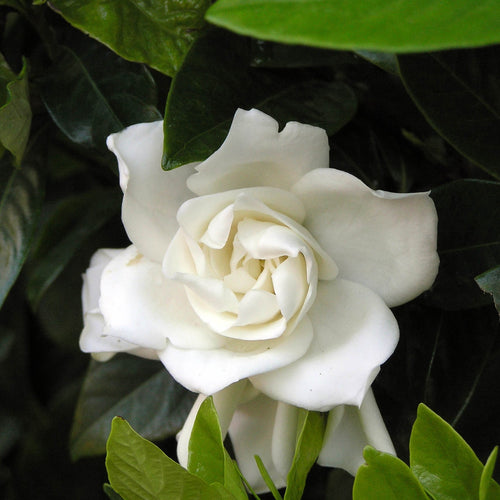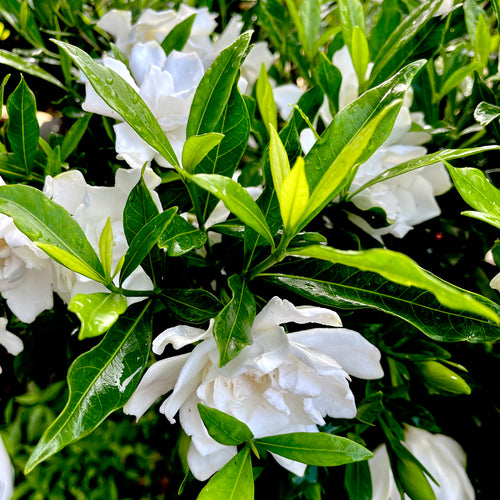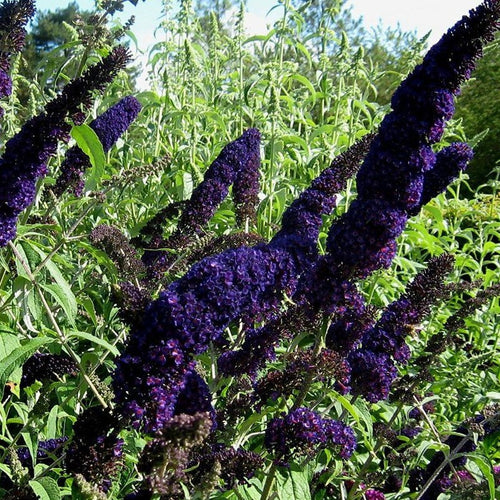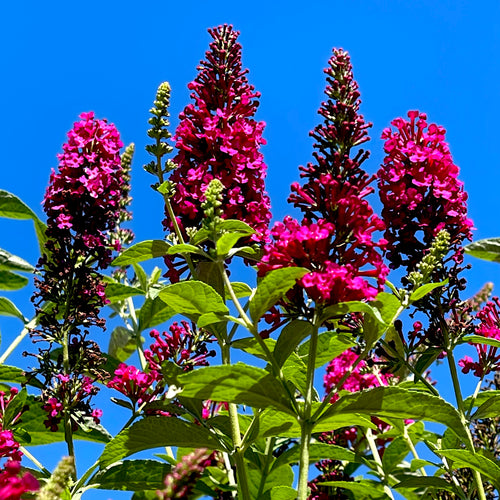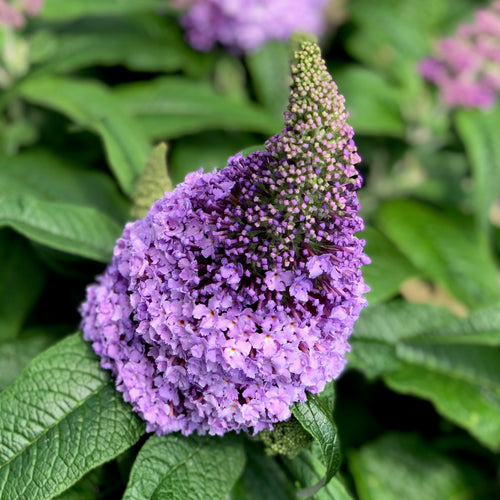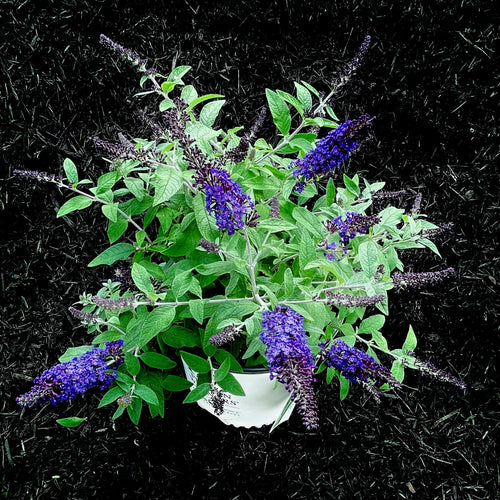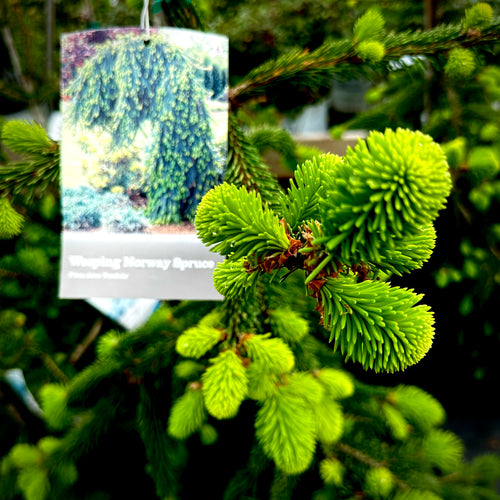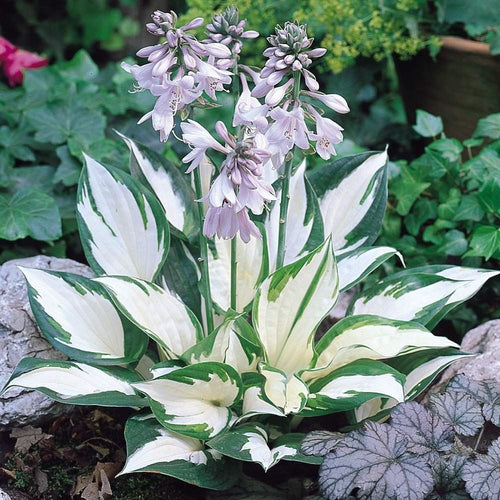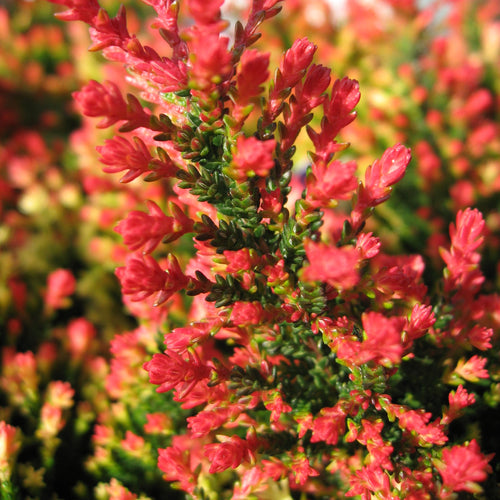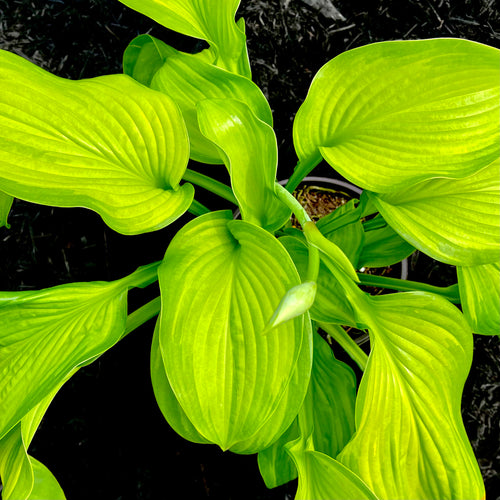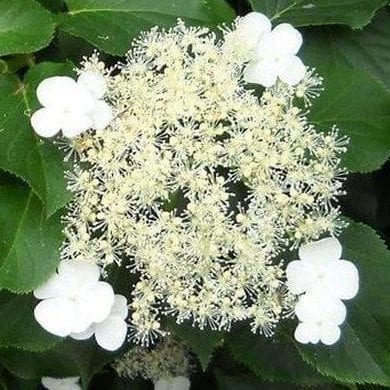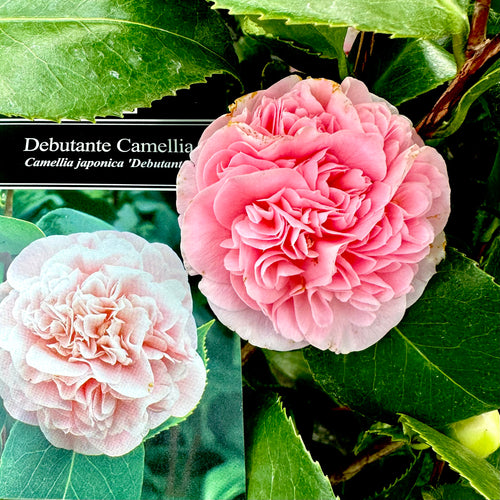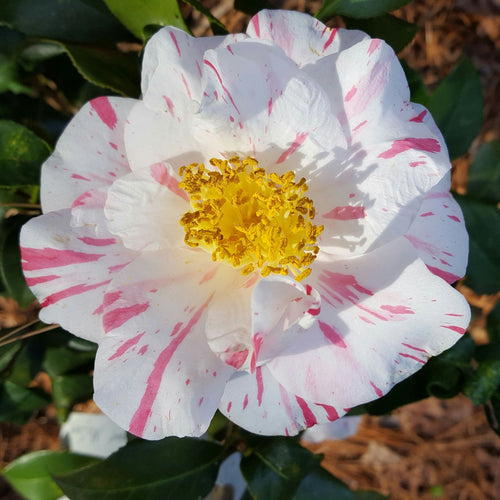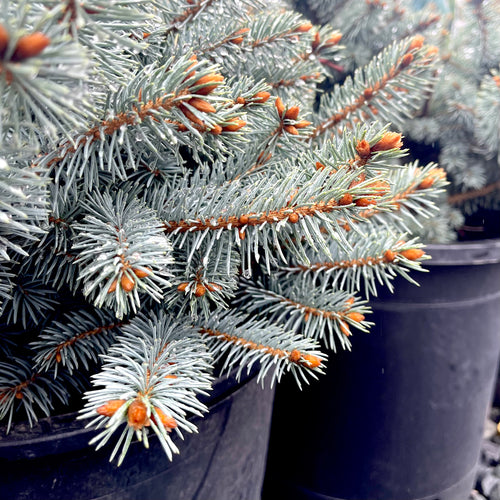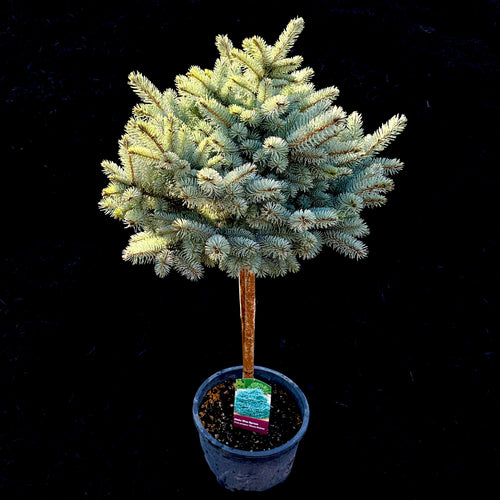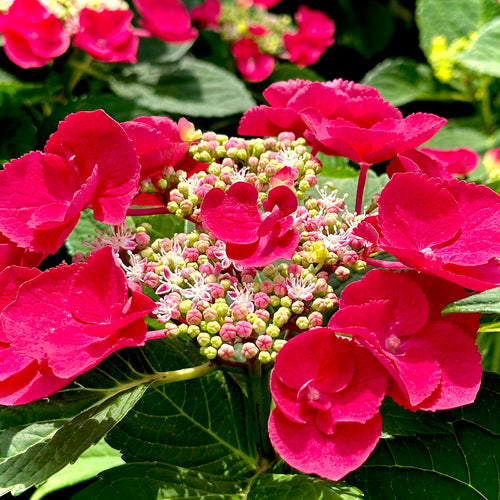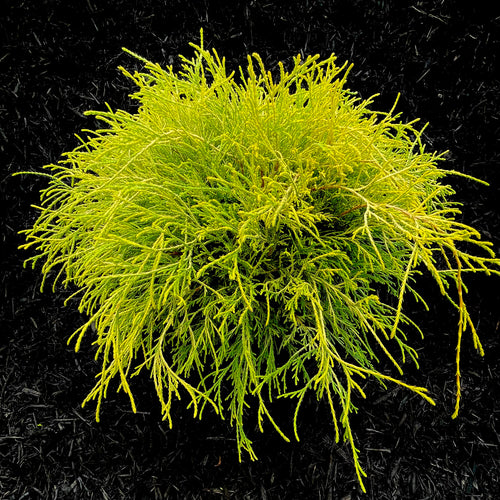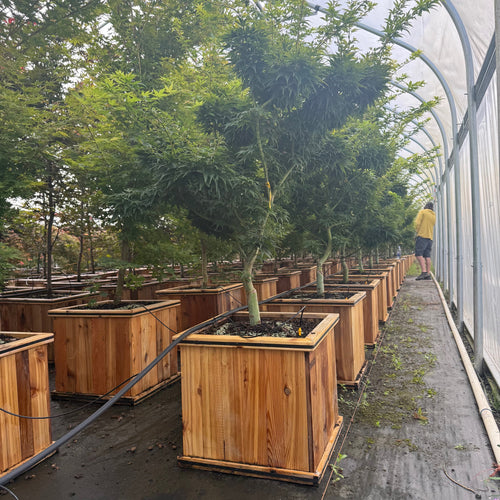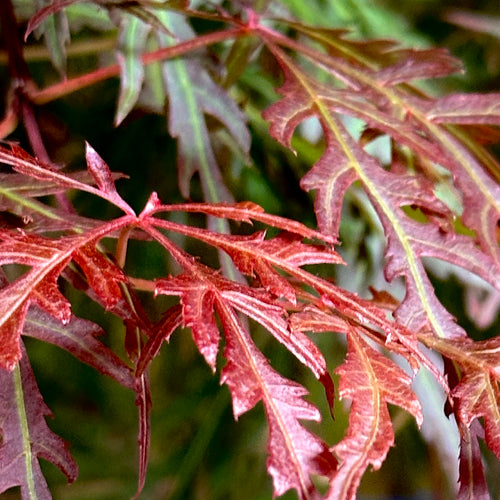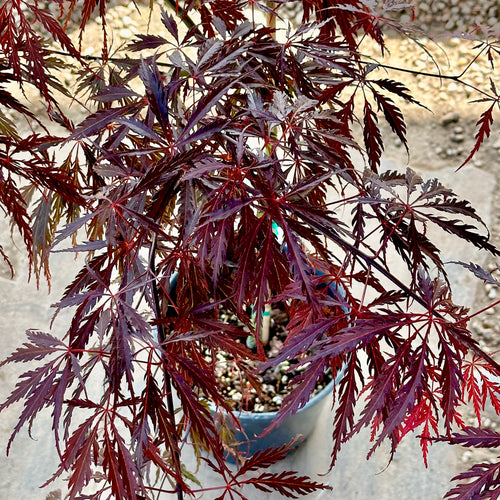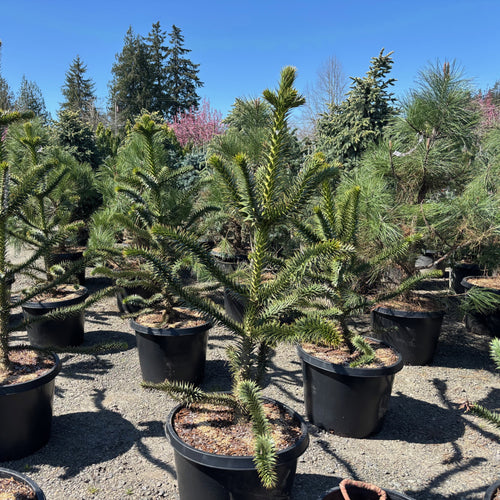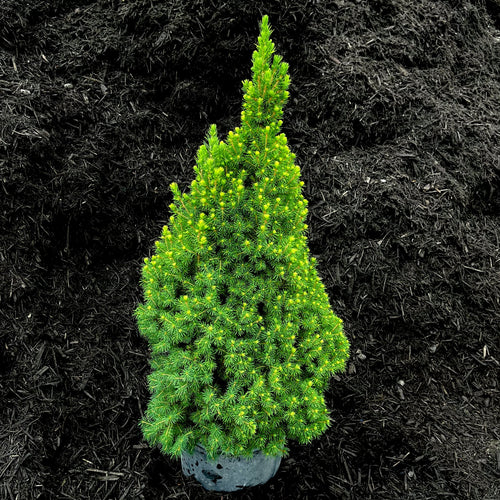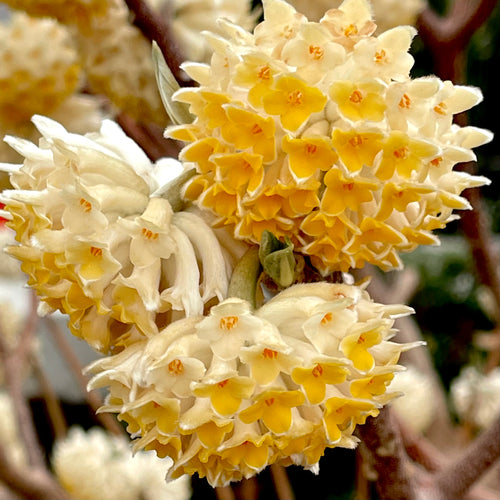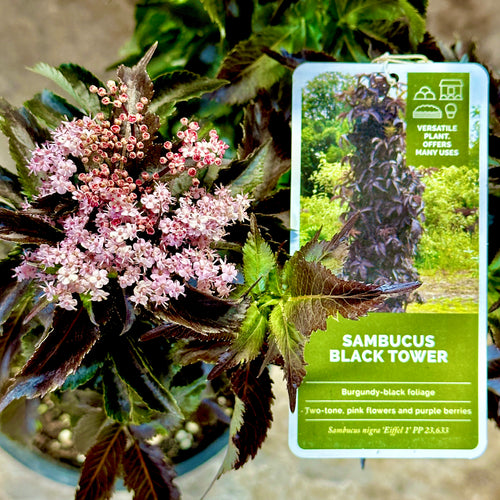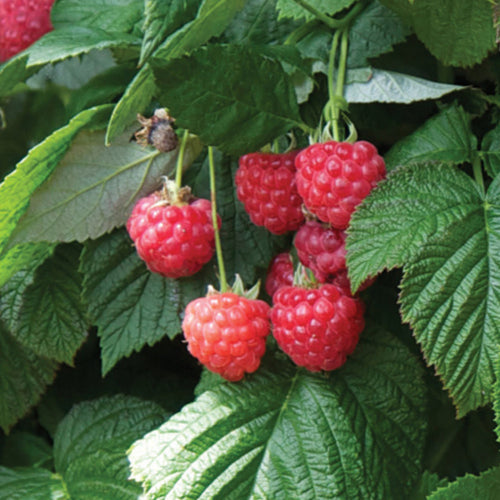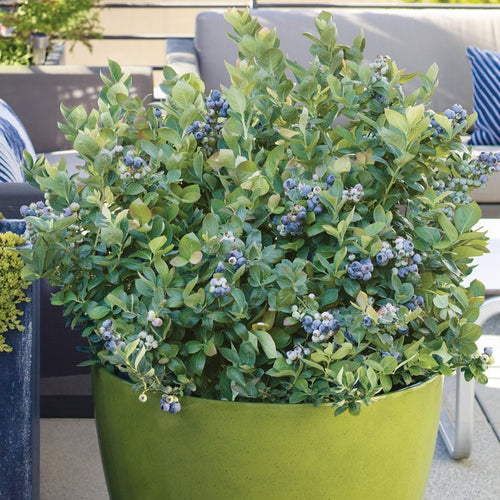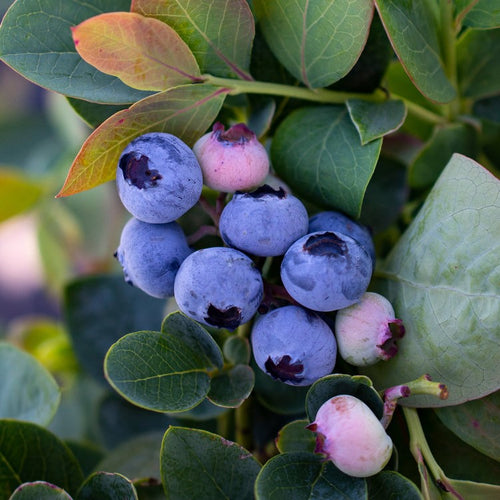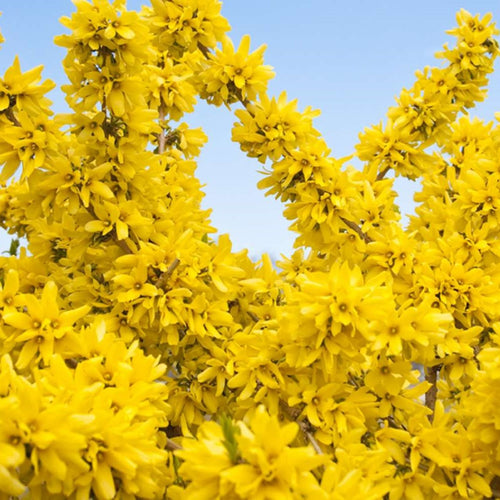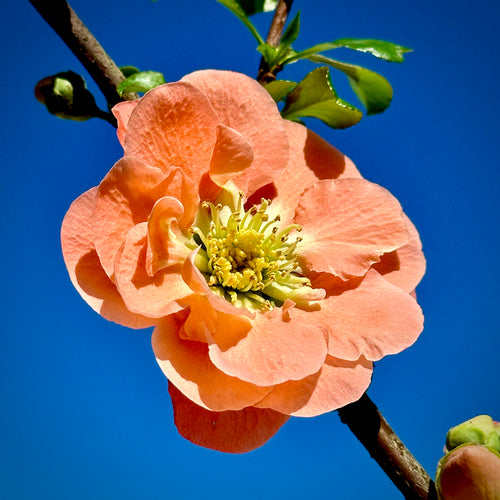How to Water during Summer Months
- Published: Jun 29, 2023
- Written by JOSEPH PLITT
- Topics:

Essential Tips for Watering Shrubs and Trees During the Heat of Summer
Introduction:
As the scorching heat of summer sets in, it's crucial to pay attention to the watering needs of your shrubs and trees. Proper hydration is essential to help them withstand the intense temperatures and thrive during these challenging conditions. In this blog post, we'll explore some valuable tips to ensure your shrubs and trees receive adequate moisture, promoting their health and vitality throughout the summer season.
1. Understand the Watering Requirements:
Different shrubs and trees have varying watering needs. It's vital to familiarize yourself with the specific requirements of the plants in your garden. Research or consult gardening resources to determine the ideal amount of water they need, as well as the frequency of watering. Factors such as species, age, size, and location play a significant role in determining the watering regimen.
2. Water Deeply and Infrequently:
During the summer, it's crucial to provide deep watering to promote the growth of strong and resilient root systems. Shallow watering can encourage shallow root development, making plants more susceptible to heat stress. Instead, focus on deep watering sessions that penetrate the soil, reaching the roots. This allows the plants to access moisture stored deeper in the ground and encourages roots to grow downwards, establishing a stronger foundation.
3. Choose the Right Time:
Timing is crucial when it comes to watering shrubs and trees during the summer. It's best to water early in the morning or late in the evening when temperatures are cooler. This minimizes water loss due to evaporation, allowing plants to absorb moisture effectively. Avoid watering during the hottest part of the day, as the water may evaporate before reaching the roots, leading to inefficient hydration.
4. Mulch for Moisture Retention:
Applying a layer of organic mulch around shrubs and trees offers multiple benefits, including moisture retention. Mulch acts as an insulating layer, reducing soil temperature and conserving moisture. It helps prevent water evaporation, suppresses weed growth, and improves soil structure. Apply a 2-4 inch layer of mulch around the base of plants, leaving space near the trunk to prevent moisture-related diseases.
5. Monitor Soil Moisture:
Regularly monitoring the moisture levels in the soil is essential to avoid both under and over-watering. Use a soil moisture meter or perform a simple finger test to determine if the soil is dry and requires watering. Insert your finger into the soil near the roots. If it feels dry up to a few inches, it's time to water. If it's still moist, hold off watering until the soil dries out slightly. Remember that too much water can be as detrimental as insufficient water.
6. Consider Drip Irrigation or Soaker Hoses:
Using drip irrigation or soaker hoses can be an effective way to ensure consistent and efficient watering. These systems deliver water directly to the roots, minimizing water waste through evaporation or runoff. Drip irrigation and soaker hoses are particularly beneficial for large shrubs and trees, as they distribute water slowly and deeply, mimicking natural rainfall.
7. Pay Attention to Newly Planted Shrubs and Trees:
Newly planted shrubs and trees require extra care during the summer heat. Their root systems are not fully established, making them more vulnerable to moisture stress. Monitor their watering needs more closely, ensuring the soil remains consistently moist but not waterlogged. Provide temporary shade or use protective covers to shield them from direct sunlight until they become more resilient.
